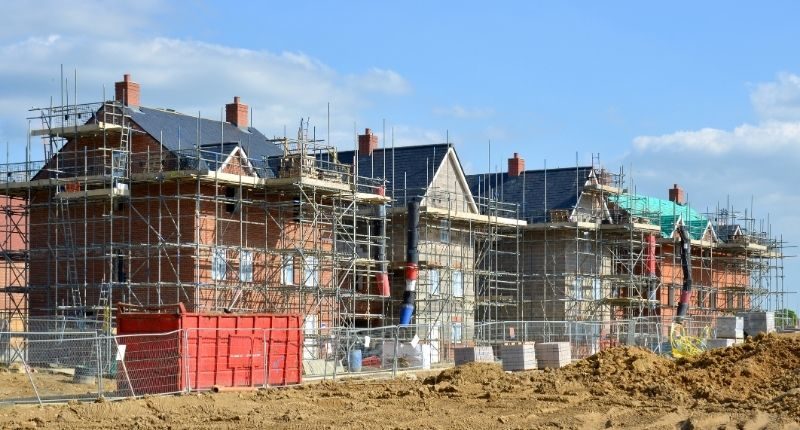- In 2011, 'Directions 2031' espoused the benefits of urban infill
- Despite this, more and more outer fringe areas are being developed
- We have been building in the wrong areas, writes Trent Fleskens
11 years ago, the state government published a white paper called ‘Directions 2031’. In that paper, it spoke of the need to curb urban expansion and capitalise on the social and economic benefits brought about by urban infill.
Yet here we are, more than a decade on, watching the continual incentivisation of construction in the outskirts of Ellenbrook, Baldivis, Byford and Yanchep.
Instead of sharing existing roads, power lines, train stations, and public services, the taxpayer must pay for new ones.
For every kilometre of new land estate we build on the coast or towards the desert, not only do we cut down more trees and bushland, we waste millions on extending infrastructure we otherwise wouldn’t need.
We are officially the most dispersed city in the world, which means we are the most wasteful with our land and utilities.
We should fill, not sprawl
My finger is pointed squarely at Western Australia’s unique combination of incentives and homeownership pathways that make it too easy for those with minuscule savings to build a home in over-supplied areas on the fringes of Perth.
Not only that, we make it hard for them to purchase established or new properties that are sitting on the market under replacement cost in inner-city suburbs.
On the one hand, we have a white paper urging for urban infill and a planning minister doing her best to push for denser zoning in existing suburbs. But on the other hand, we have a house-and-land industry that has continued to demonstrate that the WA-backed lending system of financing 2% deposits and new construction housing grants is just too convenient.
If we want this state’s economy to operate over-and-above the spoils of mining, with our café strips humming and our essential services not so stretched, our planning approvals need to start lining up with the strategic direction so astutely derived 11 years ago.
The answer is pretty simple. Once the building grants have finished, the state government should further focus their efforts on fast-tracking infill development projects and working with industry to innovate away from urban fringe land development.
With vacancy rates as chronically low as they have ever been in the inner city and over-supply of housing as high as it has ever been on the fringes, it is clear we have simply been building in the wrong areas for too long now.








